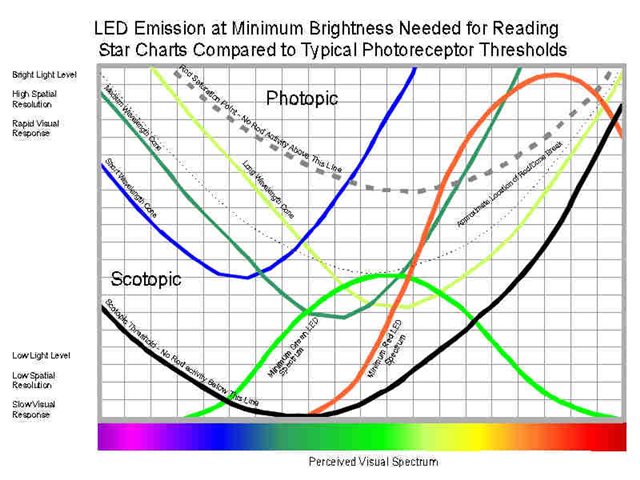now that the fenix 7x is released, it's time to turn our attention to what i (we?) REALLY want, the tactix delta successor. according to my research, fenix 6 was launched in august, tactix delta the following january. if this timeframe holds, echo should launch in june. CANNOT wait. all i really want is the case material/look/feel of the delta and delta software enhancements with the fenix 7 updates and it should easily retain the title of the best watch garmin makes...



